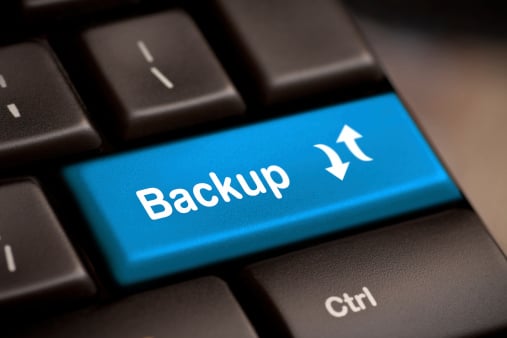How Can an IT Support Specialist Benefit My Business?
How Can an IT Support Specialist Benefit My Business? If you're like many small business owners, juggling all your IT needs internally can feel like...
2 min read
Lance Stone : Jun 19, 2015 5:20:26 PM
 xfThe statistics are not in your favor. According to the Federal Emergency Management Agency, 75 percent of organizations that fail to implement a business continuity plan are forced to close their doors within three years of a disaster.
xfThe statistics are not in your favor. According to the Federal Emergency Management Agency, 75 percent of organizations that fail to implement a business continuity plan are forced to close their doors within three years of a disaster.
The question isn’t will a disaster occur, but when? Disaster recovery plans effectively mitigate risk, and while the task of creating one might seem daunting, it doesn’t need to be. Designing your own disaster recovery plan only requires a small number of steps:
While it may seem tiresome and unnecessary, going over these details well in advance is critical to your organization’s success if any of these scenarios actually occur.
A disaster recovery plan is vital to your company’s continued growth and success. {company} will assist you in creating a comprehensive recovery plan to minimize the negative effects that occur following a disaster. To learn more, give us a call at {phone} or send us an email: {email}.


How Can an IT Support Specialist Benefit My Business? If you're like many small business owners, juggling all your IT needs internally can feel like...

Along with all of its impressive features and capabilities, the Internet also presents a huge security risk. Odds are, you do your banking online,...
Having reliable and knowledgeable financial services IT support is a vital component of ensuring that your business runs smoothly and your customers...

On Time Tech is an IT Support and Computer Services company serving California. We provide services to the areas in and around We know businesses like yours need technology support in order to run highly-effective organizations. Leverage pro-growth technology services for your company now.
© 2025 On Time Tech